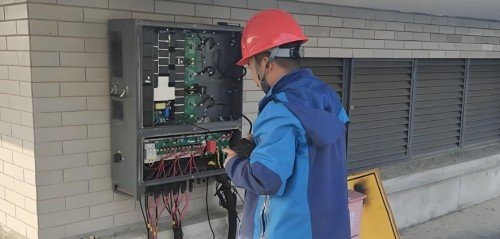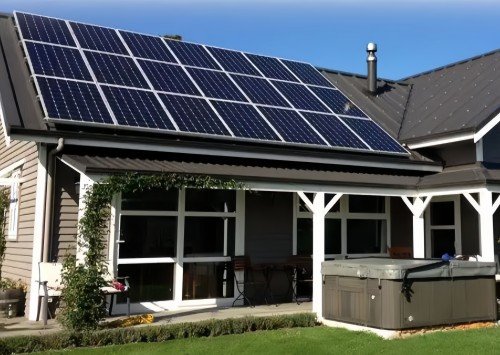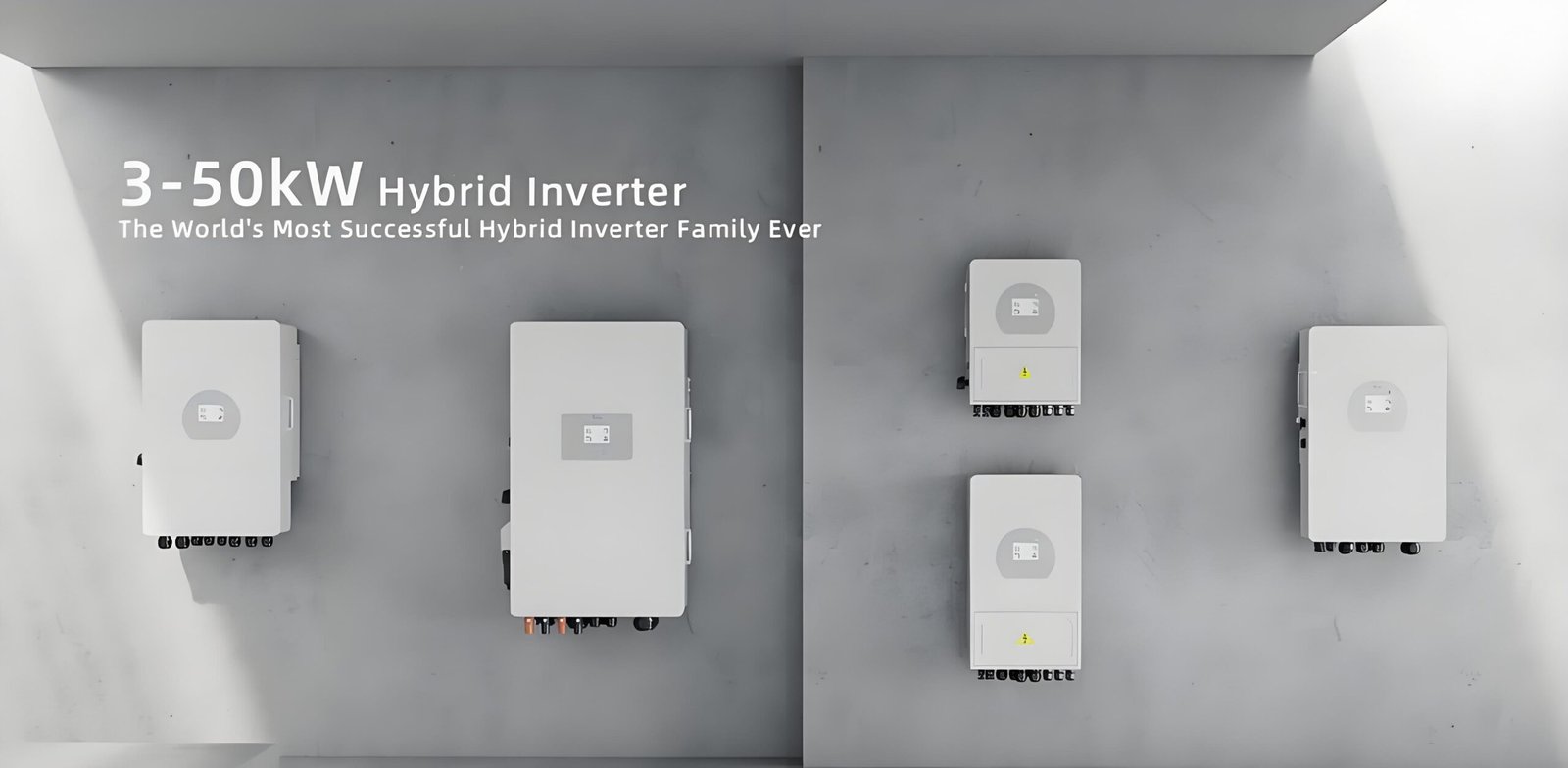Understanding the differences between single-phase and three-phase inverters is crucial when designing or upgrading your solar system. These two types of inverters are designed to handle different types of electrical systems, and selecting the right one can have a significant impact on the efficiency and performance of your solar installation.
Feature Comparison
| Feature | Single-Phase Inverters | Three-Phase Inverters |
|---|---|---|
| Power Output1 | 1kW to 5kW (typically) | 5kW to 100kW or more |
| Usage | Best for residential use with moderate energy needs | Best for commercial, industrial, or larger residential systems |
| Efficiency2 | Less efficient for large loads | More efficient for larger, high-demand loads |
| Installation | Easier and less expensive to install | More complex, requires a professional for installation |
| Cost | Generally cheaper | More expensive due to higher capacity and complexity |
| Voltage3 | 220V-240V (depending on region) | 380V-415V (in Europe), 208V-480V (in the US) |
| Current4 | Higher current for required power | Lower current for the same or higher power |
| Load Handling | Suitable for smaller systems | Suitable for larger systems with better load stability |
Power Output
Single-phase inverters and three-phase inverters have different capabilities when it comes to handling power output.

- Single-Phase Inverters: Typically handle lower power outputs and are ideal for smaller residential systems.
Power Output: 1 kW to 5 kW - Three-Phase Inverters: Designed for larger, more powerful systems and can handle higher loads, making them suitable for industrial or commercial applications.
Power Output: 5 kW to 100 kW (or more)
| Inverter Type | Power Range | Best for |
|---|---|---|
| Single-Phase Inverters | 1 kW - 5 kW | Small residential installations |
| Three-Phase Inverters | 5 kW - 100 kW+ | Commercial and industrial systems |
Application
The application of single-phase vs. three-phase inverters differs significantly, depending on the size and scale of the energy system.

- Single-Phase Inverters: These are commonly used in residential settings where the electrical load is relatively low. They are suitable for homes with moderate energy consumption and are easier to install.
- Three-Phase Inverters: These inverters are ideal for larger installations, such as commercial buildings, factories, or industrial systems where energy demand is much higher. Three-phase inverters provide more stability in handling larger electrical loads.
Efficiency and Performance
Efficiency and performance can vary based on the type of inverter and the size of the installation.

- Single-Phase Inverters: They tend to be less efficient when used in large systems due to the limitations in handling larger loads.
- Three-Phase Inverters: They are more efficient at higher loads, offering better performance for larger systems by reducing voltage imbalances and improving overall energy production.
| Inverter Type | Efficiency | Typical Performance |
|---|---|---|
| Single-Phase Inverters | 95% - 98% | Suitable for low energy consumption |
| Three-Phase Inverters | 98% - 99% | Best for high energy loads |
Installation and Complexity
The complexity and cost of installation differ between single-phase and three-phase inverters.

- Single-Phase Inverters: Easier to install and are generally less expensive. Since they only require two wires (live and neutral), the installation process is straightforward, and the setup cost is lower.
- Three-Phase Inverters: Installation is more complex and costly due to the requirement for three-phase wiring, which increases both installation time and labor costs. These systems also require more careful planning and higher technical expertise to ensure proper balance and operation.
| Inverter Type | Installation Complexity | Installation Cost |
|---|---|---|
| Single-Phase Inverters | Low | €500 - €2,000 |
| Three-Phase Inverters | High | €2,500 - €10,000+ |
Voltage and Current
The voltage and current levels for single-phase and three-phase inverters differ in their design and operation.

- Single-Phase Inverters: Typically operate at a voltage of 220-240V and carry less current.
- Three-Phase Inverters: Use a higher voltage (typically 380-415V) and can distribute the electrical load more evenly, reducing the strain on individual phases.
| Inverter Type | Voltage Level | Current Handling |
|---|---|---|
| Single-Phase Inverters | 220-240V | Higher currents |
| Three-Phase Inverters | 380-415V | Lower currents |
Stability and Load Handling
Three-phase inverters provide better stability and handle load fluctuations more effectively than single-phase inverters.

- Single-Phase Inverters: These inverters are less stable under fluctuating loads, which can lead to voltage sags or surges.
- Three-Phase Inverters: They offer better load handling by balancing the phases, reducing power fluctuations, and ensuring smoother performance, even under varying loads.
Which One Should You Choose?
Choosing between single-phase and three-phase inverters depends on several factors, such as the size of your energy system, your power needs, and the type of installation.

- Single-Phase Inverters: Ideal for smaller residential systems with lower power demands (typically less than 5 kW). If you’re building a small home solar system, a single-phase inverter will generally meet your needs at a lower cost.
- Three-Phase Inverters: Best suited for larger energy systems, such as those in commercial or industrial settings, where higher power outputs are required. They provide better efficiency and stability, making them the preferred choice for large-scale solar installations.
| Application | Recommended Inverter Type | Power Needs |
|---|---|---|
| Residential Systems | Single-Phase Inverter | ≤ 5 kW |
| Commercial/Industrial Systems | Three-Phase Inverter | > 5 kW |
Conclusion
The decision to use a single-phase or three-phase inverter ultimately depends on the scale of your solar system, your specific energy requirements, and your budget. Single-phase inverters are sufficient for smaller residential setups, while three-phase inverters are more efficient for larger, more demanding systems. Understanding the differences between these two types will help you select the right inverter for your needs.
Footnote:
-
This link explains the Power Output range of inverters and how it affects their suitability for different applications. ↩
-
This link highlights the role of Efficiency in determining energy losses and overall inverter performance. ↩
-
This link details the importance of Voltage compatibility with electrical systems in different regions. ↩
-
This link explains the impact of Current on load handling and system stability for inverters. ↩




